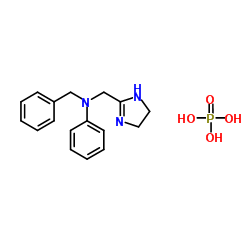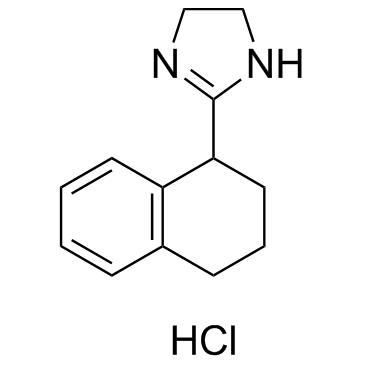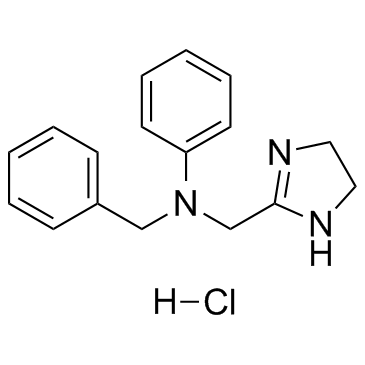| Structure | Name/CAS No. | Articles |
|---|---|---|
 |
Antazoline
CAS:154-68-7 |
|
 |
Tetrahydrozoline hydrochloride
CAS:522-48-5 |
|
 |
Antazoline Hydrochloride
CAS:2508-72-7 |